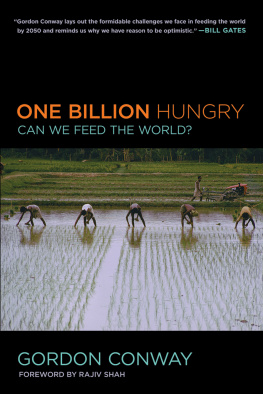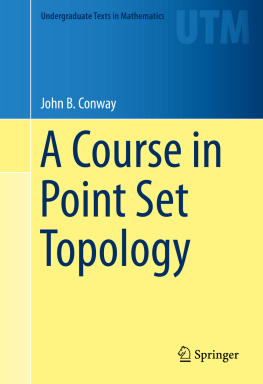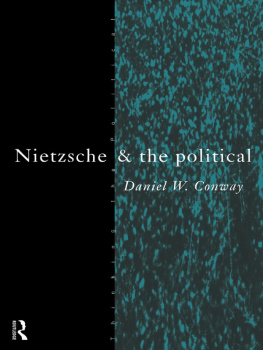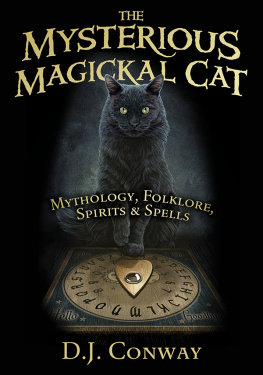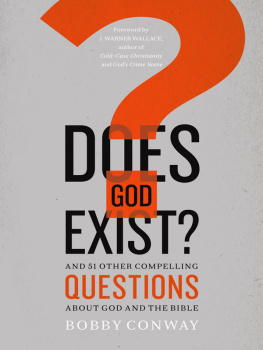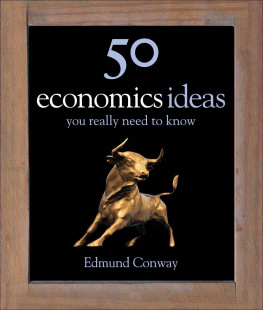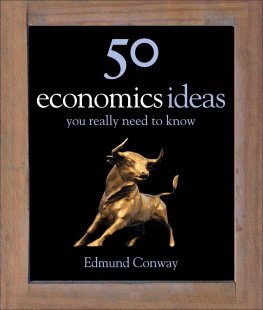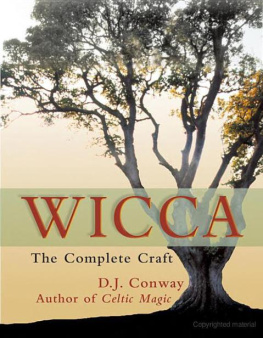GORDON CONWAY - One Billion Hungry
Here you can read online GORDON CONWAY - One Billion Hungry full text of the book (entire story) in english for free. Download pdf and epub, get meaning, cover and reviews about this ebook. publisher: Cornell University Press, genre: Politics. Description of the work, (preface) as well as reviews are available. Best literature library LitArk.com created for fans of good reading and offers a wide selection of genres:
Romance novel
Science fiction
Adventure
Detective
Science
History
Home and family
Prose
Art
Politics
Computer
Non-fiction
Religion
Business
Children
Humor
Choose a favorite category and find really read worthwhile books. Enjoy immersion in the world of imagination, feel the emotions of the characters or learn something new for yourself, make an fascinating discovery.
- Book:One Billion Hungry
- Author:
- Publisher:Cornell University Press
- Genre:
- Rating:4 / 5
- Favourites:Add to favourites
- Your mark:
- 80
- 1
- 2
- 3
- 4
- 5
One Billion Hungry: summary, description and annotation
We offer to read an annotation, description, summary or preface (depends on what the author of the book "One Billion Hungry" wrote himself). If you haven't found the necessary information about the book — write in the comments, we will try to find it.
One Billion Hungry — read online for free the complete book (whole text) full work
Below is the text of the book, divided by pages. System saving the place of the last page read, allows you to conveniently read the book "One Billion Hungry" online for free, without having to search again every time where you left off. Put a bookmark, and you can go to the page where you finished reading at any time.
Font size:
Interval:
Bookmark:
In some respects this is a second edition of my book The Doubly Green Revolution: Food for All in the 21st Century, first published in 1997 by Penguin Books in the United Kingdom and then a year later by Cornell University Press (and in a Portuguese translation, Produo de Alimentos no Sculo XXI: Biotecnologia e Meio Ambiente, Estao Liberdade, So Paulo, Brazil in 2003).
As in the previous edition, the book draws on a wide variety of sources and is indebted to the work of those with whom I have been associated over the past fifty years. Many are named in the text. They include postgraduate students and faculty at the Imperial College of Science and Technology, the University of Sussex, the Universities of Chiang Mai and Khon Kaen in Thailand, Padjajaran University, Indonesia, and the University of the Philippines, Los Baos, Philippines; colleagues at institutes where I have worked or been a directorthe International Institute for Environment and Development (IIED), the Institute of Development Studies (IDS), the International Food Policy Research Institute (IFPRI), the Ford and Rocke fel ler Foundations, the UK Department for International Development (DFID); and workers in numerous nongovernmental organizations including the Aga Khan Rural Support Programme (AKRSP) in Pakistan and India, Action Aid and Mysore Relief and Development Agency (MYRADA) in India, Winrock International in Nepal, Concern Worldwide, the Ethiopian Red Cross, the Mo Ibrahim Foundation, the Alliance for a Green Revolution in Africa (AGRA), and the African Agricultural Technology Foundation (AATF); and the many scientists at the International Agricultural Research Centers (IARCs) of the Consultative Group on International Agricultural Research (CGIAR).
I have drawn freely on their writings and am grateful for their advice, experience, and friendship. Perhaps the greatest influence on my thinking has been the group of scientists at the University of Chiang Mai, Thailand, notably Benjavan Rerkasem, Kanok Rerkasem, Phrek Gypmontasiri, Rapeepan Jaisaard, Methi Ekasingh, Manu Seetisarn, Nakorn Na Lampang, and Ian Craig.
I am also particularly indebted to Tim Wheeler at DFID, Prabhu Pingali at the Bill & Melinda Gates Foundation, Rattan Lal at Ohio State University, Lawrence Haddad at the Institute for Development Studies, Peter Hazell at SOAS and visiting professor at Imperial College London, Margaret Catley-Carlson at CGIAR, Gary Toenniessen at the Rocke fel ler Foundation, Christopher Delgado at the World Bank, and K. L. Heong at IRRI, who have read and commented on parts of the book.
The conception of the Doubly Green Revolution was an outcome of the deliberations of a small panel, which I chaired, commissioned to develop a vision statement for the CGIARthe organization that supports the international research centers, which, over the past fifty years, have provided the research base that spearheaded not only the original Green Revolution (detailed in Chapter 3) but attempts to replicate its successes. The vision was presented and adopted at a meeting of ministers of overseas development from the developed countries and of agriculture and natural resources from the developing countries, held in Lucerne in February 1995. My colleagues on the panel were Uma Lele, of the University of Florida, Martin Pieiro (formerly director of the Inter-American Institute for Cooperation on Agriculture [IICA]), Jim Peacock, Chief of the Division of Plant Industry of Australias Commonwealth Scientific and Industrial Research Organization (CSIRO), Seluk zgediz of the World Bank, Johan Holmberg of the Swedish Agency for Research Cooperation with Developing Countries (SAREC), Henri Carsalade of the French Centre for International Cooperation in Development-Oriented Agricultural Research (CIRAD), Michel Griffon of CIRAD, and Peter Hazell of IFPRI. I am grateful to all of them, to Paul Egger of the Swiss Development Cooperation and Robert Herdt of the Rocke fel ler Foundation, both on the CGIARs Oversight Committee, and to Ismail Serageldin, then chair of CGIAR, for their collegial support and encouragement. Many of the ideas in this book are theirs.
In 1998, not long after Doubly Green Revolution was published in the United States, I became the twelfth president of the Rocke fel ler Foundation, centered in New York. The Foundation has a distinguished history in funding agricultural research and development, going back to the origins of the Green Revolution in the early 1940s (which I describe in Chapter 3). During my tenure as president we continued to fund pioneering programs in agriculture, under the direction of first-class international staff led by Bob Herdt, Gary Toenniessen and Peter Matlon. The team included Joe DeVries, Akin Adesina, Ruben Puentes, John OToole, Bharati Patel, and John Lynam.
I returned to the United Kingdom at the end of 2004 and became the chief scientific adviser to the UK Department for International Development (DFID). Again this was, and still is, an organization supplying major funding to agricultural research. I benefited from the experience of many of the DFID staff, in particular Jonathan Wadsworth, Alan Tollervey, and Steve Hillier, and the chief economist Tony Venables.
I have also greatly benefited from Sir John Beddington, the UK government chief scientist; a former holder of the post, Lord Robert May; and another departmental chief scientist, Sir Roy Anderson. I have known all three of them for many years and been stimulated by their ideas.
While at DFID I helped to set up the UK Collaborative on Development Sciences (UKCDS) under the very able direction of Andre Carter. She was also heavily involved in the production of a book entitled Science and Innovation for Development, authored by Jeff Waage, of the London International Development Centre, Sara Delaney, and myself, published by the UKCDS and funded by DFID (free to download from the UKCDS website). I have drawn heavily from some of its contents. Once it was complete, Sara Delaney spent several months working with me on the early drafts of this book.
I stepped down from the chief scientist post in 2010 and returned to Imperial College as Professor of International Development running an advocacy grant from the Bill & Melinda Gates Foundation. Under the grant, we have set up a Montpellier Panel consisting of distinguished Eu ro pe an and African agricultural experts: Tom Arnold, Joachim von Braun, Henri Carsalade, Louise Fresco, Peter Hazell, Namanga Ngongi, David Radcliffe, Lindiwe Majele Sibanda and Ramadjita Tabo. I have gained much from their wisdom, and also from the leaders of a sister Gates Foundation grant, the Global Agricultural Development Initiative of the Chicago Council for Global Affairs, Marshall Bouton, Catherine Bertini, and Dan Glickman; and from the staff of the Gates Foundation, Brantley Browning, Mark Suzman, Joe Cerell, and Laurie Lee from the advocacy program and Rajiv Shah, Sam Dryden, Prabhu Pingali, Rob Horsch, Roy Steiner, and Lutz Goedde from the agriculture program.
I benefited in 2011 from a stay at the Rocke fel ler Foundations villa at Bellagio on Lake Como in Italy, accompanying my wife, Susan, who was working on her book on the Shan. It provided much-needed time to dedicate to this book at a critical juncture. I also owe much to Susan for her encouragement and sound advice.
My team at Imperial College has provided invaluable counsel and guidance: Yvonne Pinto, Calum Handforth, and Sara Delaney, who were with us for various periods, and the core team, Jo Seed, who has provided much support, Katy Wilson, who did a great deal of the research for the book and wrote many sections, and my deputy, Liz Wilson, who is a continuing source of wisdom and practicality.
I am grateful to Heidi S. Lovette, science acquisitions editor at Cornell University Press, for her support and enthusiasm and also to the team at Cornell University Press for their ongoing dedication and assistance. I would also like to thank Ros Morley and Sarah Starkey for their work in the production of the book.
Font size:
Interval:
Bookmark:
Similar books «One Billion Hungry»
Look at similar books to One Billion Hungry. We have selected literature similar in name and meaning in the hope of providing readers with more options to find new, interesting, not yet read works.
Discussion, reviews of the book One Billion Hungry and just readers' own opinions. Leave your comments, write what you think about the work, its meaning or the main characters. Specify what exactly you liked and what you didn't like, and why you think so.

